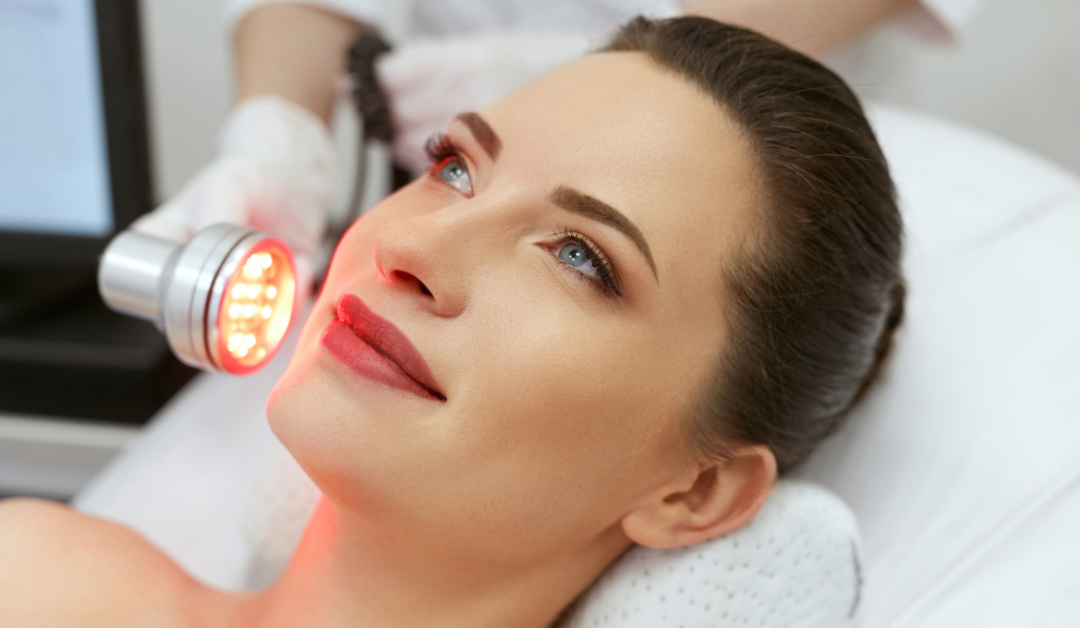Could medical-grade red light therapy be the turning point in chronic pain management? Unlike temporary relief methods like over-the-counter pain creams or heating pads, these devices use targeted wavelengths—most often in the 650nm range—to stimulate cellular regeneration, reduce inflammation, and restore tissue health. Designed with clinical-grade specifications and user-friendly features, these tools offer a non-invasive, scientifically validated path to long-lasting relief.
Why Medical-Grade Red Light Therapy Works
Red light therapy operates on a foundational biological principle: targeted wavelengths energize your cells’ mitochondria, which boosts ATP production, enhances cellular repair, and reduces inflammation.
Clinical studies show that 650nm red light penetrates skin and muscle tissue effectively enough to stimulate blood flow, ease muscle tightness, and accelerate tissue recovery. This mechanism is particularly beneficial for managing joint pain, arthritis, muscle soreness, and even post-surgical discomfort.
Key Benefits:
- Improved blood circulation
- Increased cell metabolism
- Reduced inflammation
- Faster tissue repair
Top Medical-Grade Red Light Therapy Devices for Pain
1. DNA Vibe Jazz Band V2
Best for: Muscle and joint pain relief
- Wavelength: Red (650nm), Near-Infrared (850nm)
- Features: Flexible design, vibration therapy, cold laser settings
- Why it stands out: FDA-registered and used by professional athletes, this device offers multi-modal therapy in a comfortable wraparound format for knees, shoulders, and backs.
2. NovaaLab Laser Therapy Belt
Best for: Back and abdominal pain
- Wavelength: 650nm and 808nm
- Features: Adjustable belt, 60 red + 60 near-IR laser diodes
- Why it stands out: Combines low-level laser therapy with high-powered LEDs, providing deep penetration ideal for lower back pain and sciatica.
3. Tendlite Red Light Therapy Device
Best for: Spot treatments and portability
- Wavelength: 660nm
- Features: Handheld, aluminum build, medical-grade LED
- Why it stands out: Clinically proven design, great for targeting elbow, wrist, or knee pain with precision. It’s compact enough for on-the-go relief.
4. LumiRed RLT Pad Pro
Best for: Larger body areas like thighs, back, or shoulders
- Wavelength: 660nm and 850nm
- Features: Flexible silicone pad, 200+ LEDs, timer settings
- Why it stands out: Covers more surface area with even light distribution, ideal for athletes or individuals with widespread inflammation.
How Medical-Grade Devices Compare to Traditional Pain Relief
| Feature | Medical-Grade RLT Devices | Traditional Methods |
| Mode of Action | Cellular regeneration via light wavelengths | Temporary relief (NSAIDs, heat, ice) |
| Target Specificity | Pinpointed, customizable area targeting | Generalized pain relief |
| Clinical Backing | FDA-cleared, research-backed | Mixed scientific support |
| Long-Term Benefits | Tissue healing, reduced inflammation | Symptom suppression |
| User Safety | Preset sessions, adjustable power, clear usage | Varies widely based on method |
When choosing a device, look for FDA clearance, clearly defined power outputs, and customizable session settings. These features ensure both efficacy and safety—especially for chronic users.
Best Practices for Using Your Red Light Therapy Device
- Session Duration: Start with 10-minute treatments and adjust based on your pain level and device instructions.
- Device Placement: Use adjustable straps or secure the device directly on the painful area.
- Consistency: For chronic pain, use the device 3–5 times per week for best results.
- Consultation: Speak with a healthcare provider if you’re using the device post-surgery or in combination with medications.
Final Thoughts
Medical-grade red light therapy devices offer a compelling alternative to standard pain relief solutions. Backed by research, FDA clearance, and real-world success stories, these devices give users a chance to treat pain at its root—at the cellular level. With features like precise wavelength delivery, adaptive session options, and flexible designs, today’s red light therapy tools combine clinical strength with home-use convenience.
FAQ
Q: What’s the ideal red light therapy wavelength for pain?
A: 650nm and 850nm wavelengths are most effective for pain relief, offering both surface-level and deep-tissue benefits.
Q: How quickly can I expect results?
A: Some users report mild relief after one session, but significant benefits typically appear after 2–4 weeks of consistent use.
Q: Are red light therapy devices safe?
A: Yes, when used as directed. Medical-grade devices are FDA-cleared and come with safety features like timers and preset intensities.
Q: Can it replace medication?
A: While RLT can reduce reliance on painkillers, consult your doctor before discontinuing any prescribed treatment.



